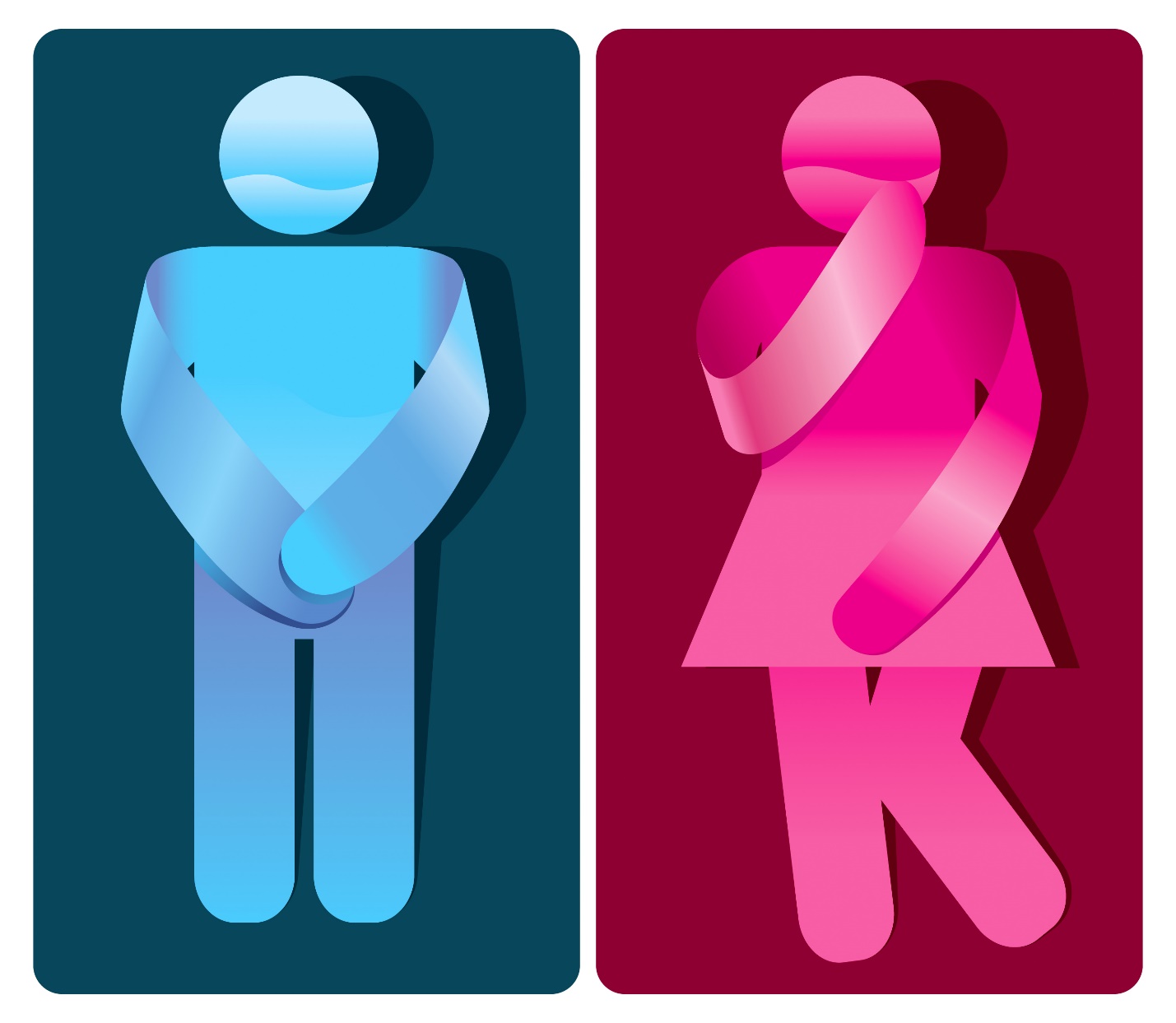


If you are living with an OAB, or overactive bladder, you may frequently feel the need to urinate. This happens when your bladder muscles contract and the bladder is not full. There are several things you can do if you have OAB to help find relief. These include pelvic floor exercises, bladder training, and over-the-counter medications. Diet is another vital role in finding relief. There are cases where what you’re eating can cause more bladder trouble and even irritation.

There are studies supporting that those who have an overactive bladder can manage it with adjusting their diet. It may take some planning, but it can help you find relief.
If you feel the sudden urge to urinate often day or night or it comes on quickly and strongly, you may have an overactive bladder. The amount of fluid can affect the condition, but so can the type of liquids and foods you are consuming. A proper diet can help you avoid foods that cause an irritation or flare up.
An overactive bladder diet can help you find relief from your urgency trouble. Studies show that tomato based foods, some fruits, spicy foods, and caffeine can all irritate your bladder. There is some indication that artificial sweeteners also cause problems.
Foods that trigger OAB:
Foods that help calm the bladder include fresh veggies and lightly seasoned meats.Some fruits such as bananas, apples and pears can be good for those suffering from OAB. Some foods with high fiber such as carrots, beans, brown rice, peas, and nuts can be great choices for people who have an overactive bladder.
Doctors suggest that those who live with an overactive bladder should keep a food journal as this will help them get a better idea of what is triggering their symptoms. Make sure to read labels and consider any caffeine, salt and artificial sweeteners carefully.
Choosing a drink when you have an overactive bladder can be difficult. If you have an overactive bladder, you tend to avoid drinking so you don’t have to keep going to the restroom. Getting dehydrated can make you constipated, causing more problems. Don’t skip your liquids, though.
You should get at least eight glasses of water every day, but some might not need this much. If you live with an overactive bladder, drink only when you are thirsty. It’s also good to drink small amounts through the day, rather than all at once. When you are drinking enough, your urine will be light in color.
Avoid these drinks:
If you can get your caffeine intake below 100 mg a day, which is about a cup of coffee, you may see a decrease in trouble. This is good news for some with OAB; they can still have a cup a day! It will take a bit of trial and error to see how much you can enjoy without irritation. Some people will not be able to have any caffeine, while others can enjoy quite a bit. With fruit juice, some find adding water helps while others see less trouble when they switch juices to something less acidic.
No matter what you drink, don’t have any after seven pm. This can leave you getting up several times during the night to urinate instead of sleeping.
Supplement to Get Proper Nutrition
There is some trial and error to developing an overactive bladder diet without irritants. At this time, you want to make sure you get the right amount of nutrients. Be sure to ask your doctor about your specific nutritional needs. They will help you determine the right supplements. Getting a daily multivitamin or nutritional drinks can help you meet your needs.
1. Control Your Weight
One way to take stress of your bladder is to lose some weight. The Mayo Clinic has discussed the idea that those who are overweight have a bigger risk of developing stress incontinence. Stress incontinence happens when a person loses control of their urine during physical activity. This is from their having weakened pelvic muscles. This can happen during coughing, laughing or working out. Women most commonly suffer from this type of incontinence.
2. Have Bladder Training
This is the most popular OAB treatment that doesn’t use medication. Bladder training will affect the way you use the bathroom. Instead of going whenever you feel you need to, you go at set times during the day. This is called scheduled voiding and it can help you learn to control the urge to go. You start by waiting a few minutes before going and then increase to an hour between visits and further from there.
3. Do Pelvic Floor Exercises
You can work out your arms, abs and other muscles, and you can work out your muscles that control urinating. These are called Kegels, and they exercise your pelvic floor. You just tighten, hold and relax muscles that you use for starting and stopping the flow of urinating. A special training named biofeedback will help you know which muscles to squeeze. You can start with just a few, and work yourself up until you can do three sets of 10. You can also strengthen your pelvic floor with electrical stimulation, from an electrode emitting small, electrical pulses in the vagina or rectum.
4. Try Acupuncture
Acupuncture is another natural treatment for OAB. A study of 20 subjects spanned over ten weeks. Each received 30 minutes of acupuncture in targeted points. With the study, over 75% of those with IDI, or Idiopathic Detrusor Instability, were cured of symptoms. IDI is a common cause of urinary tract storage trouble such as urge incontinence, frequency and urgency.
5. Stop Smoking
There is no end to why you should quit smoking and another is bladder irritation and increased risk of bladder cancer. Smoking will also cause coughing spasms which can lead to incontinence. Stress incontinence occurs when the bladder leaked from physical activity such as lifting or coughing.